When Is the Best Time to Post on LinkedIn for Maximum Engagement?
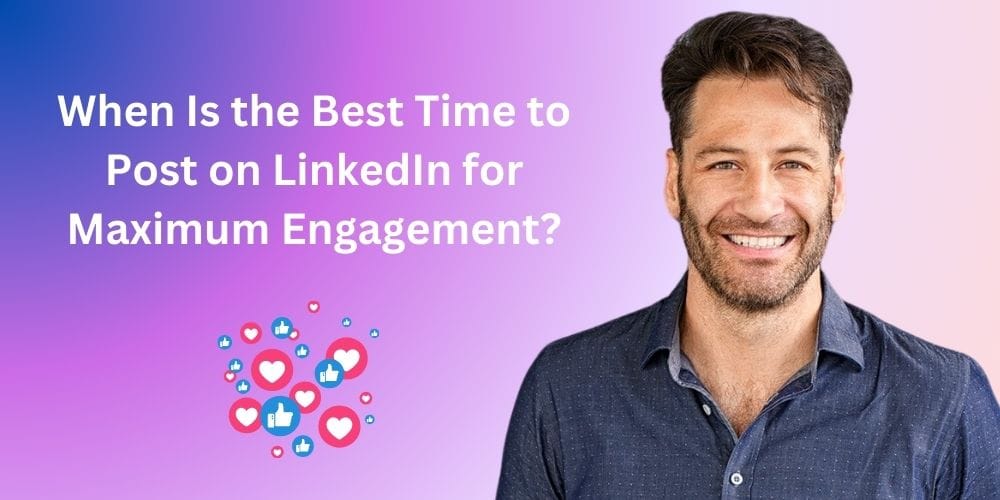
We've all heard the same advice: post at the right time, and you’ll boost your visibility and engagement. Easy enough, right? But LinkedIn isn't TikTok—posting dance videos at midnight won’t get you trending (or will it?). So let's get practical about timing those LinkedIn posts for real results.
When Is the Best Time To Post on LinkedIn?
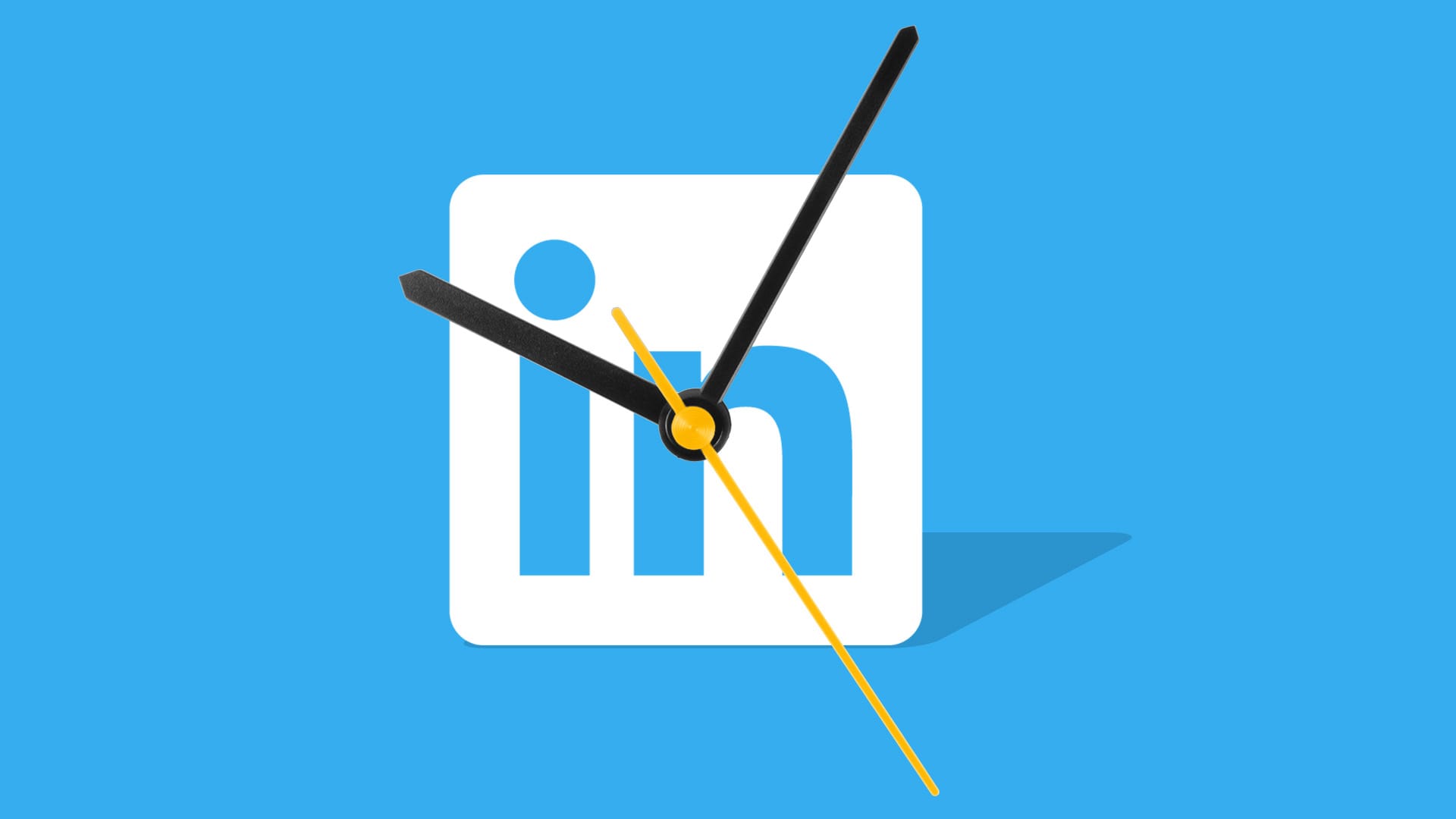
Turns out lunchtime is LinkedIn’s happy hour. Data from HubSpot shows posts between 12 pm and 1 pm EST get 23% more engagement. Makes sense: people eat sandwiches, scroll through feeds, and pretend they're not ignoring emails.
If lunchtime posts feel like juggling chainsaws (I get it, meetings always hit at noon), don’t stress. Between 9 am to 5 pm EST is still prime time, but avoid those graveyard shifts—posting after work hours drops engagement by nearly 40%.
Which Days Get the Most Reach on LinkedIn?
Let’s talk weekdays:
- Tuesday: Absolute winner. Data from Sprout Social confirms Tuesdays between 10 am and 11 am EST offer peak engagement—29% higher than average. Why Tuesday? Monday hangovers have worn off, and people finally pretend they're working.
- Wednesday: Second best. Aim for exactly noon. Engagement bumps up by 19%. Wednesday is hump day; everyone's mid-week crisis makes LinkedIn posts a welcome distraction.
- Thursday: Great for afternoon engagement, particularly between 10 am and 2 pm EST. Users start wrapping up projects and crave networking breaks.
But here's the catch—always consider your audience’s timezone. If your crowd lives in London or Dubai, adjust accordingly.
How to Find Your Perfect LinkedIn Posting Timing
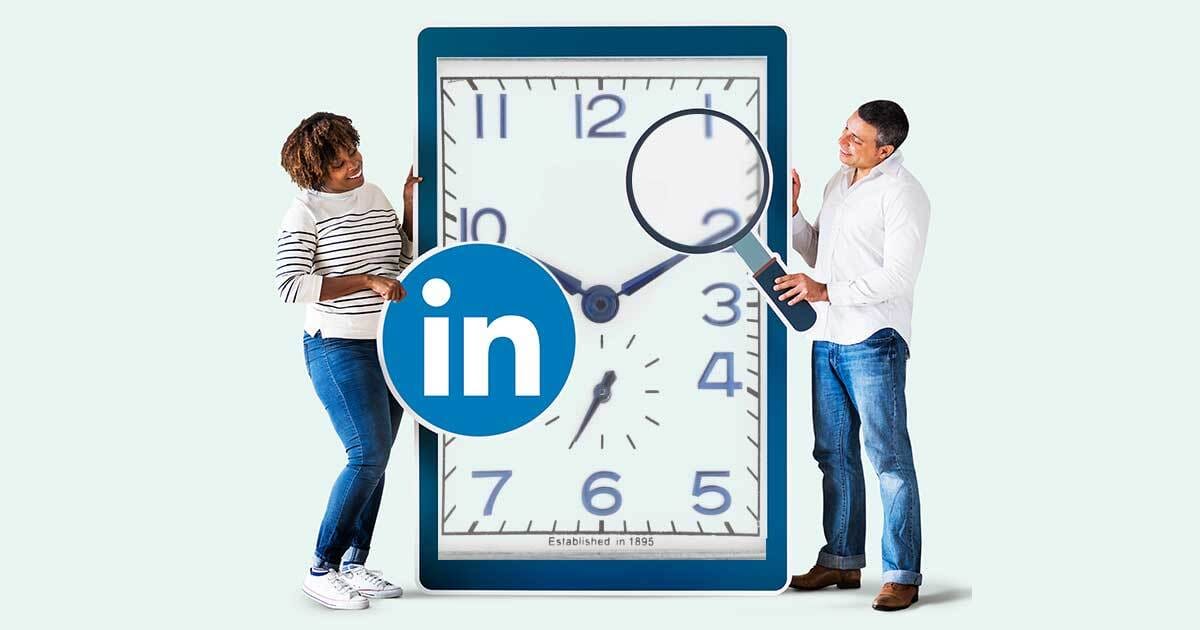
Guessing when to post is like throwing spaghetti at the wall and hoping it trends. Instead of playing LinkedIn roulette, get strategic with these tried-and-true moves:
1. Spy on Your Audience (Ethically, Of Course)
Want to know when your followers are lurking online like caffeine-fueled career ninjas? Use tools like Sprout Social, Shield App, or LinkedIn Analytics (if you’ve got a company page). They’ll tell you exactly when your audience is most active—down to the hour. It's like having a crystal ball, but data-driven and way less spooky.
2. Play Around a Bit (This is the Fun Part)
You won’t find your golden hour unless you test things out. Post during different time blocks—try early mornings, lunch breaks, and late afternoons. Track which posts perform best in terms of views, likes, comments, and even profile visits. When you spot a pattern, double down. When you don’t, toss that time slot like expired hummus.
3. Try Sneaky Off-Peak Posts
Here’s a spicy little secret: posting during "off" hours can actually work in your favor. Think early mornings (before 8 am) or evenings (after 6 pm). Why? Less competition in the feed. Your post isn’t buried under a flood of “Top 5 Productivity Hacks” and AI-generated wisdom. Plus, night owls and early risers often scroll with more focus—and your content gets their full attention.
4. Follow Trends (But Don’t Be a LinkedIn Sheep)
Yes, trends matter. But blindly copying what everyone else is doing? Meh. Instead, observe your audience’s changing behavior. Are more people scrolling during morning commutes lately? Are engagement spikes happening after major industry events or news drops? Tune in without blending in. Adapt to shifting rhythms while staying true to your brand and voice.
How to Master LinkedIn Timing: Pro Tips from the Pros
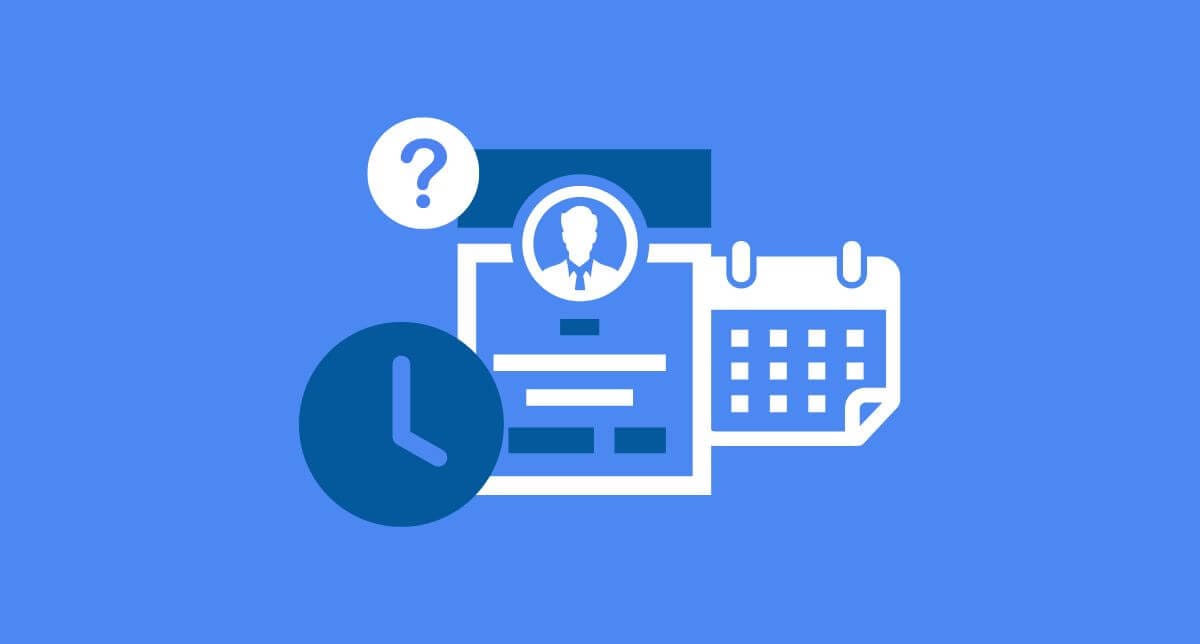
Posting on LinkedIn isn’t just about dropping content and crossing your fingers. If you want to time it like a true engagement sorcerer, here’s the ultimate spellbook:
1. Know Your Audience (Like, Really Know Them)
Timing is everything—and your audience's location, job type, and daily routine shape when they’re most active.
- Targeting busy execs in New York? Stick to EST business hours, especially the classic 9–5 window.
- Talking to startup founders in Singapore? Flip your schedule. You’ll want to align with SGT mornings or lunch breaks.
- Reaching remote workers in multiple time zones? Try posting twice a day—once in the morning, once in the afternoon. Think of it as giving your content a second life.
2. Test, Test, and (You Guessed It) Test Again
There’s no one-size-fits-all time slot. The only way to find your personal sweet spot? Run experiments.
Post the same type of content—like a tip, thought leadership take, or story—at different times over a few weeks. Track which ones get more engagement, saves, and DMs. Repeat what works, scrap what doesn’t. No emotions, just data-driven decisions.
3. Leverage LinkedIn Analytics Like a Pro
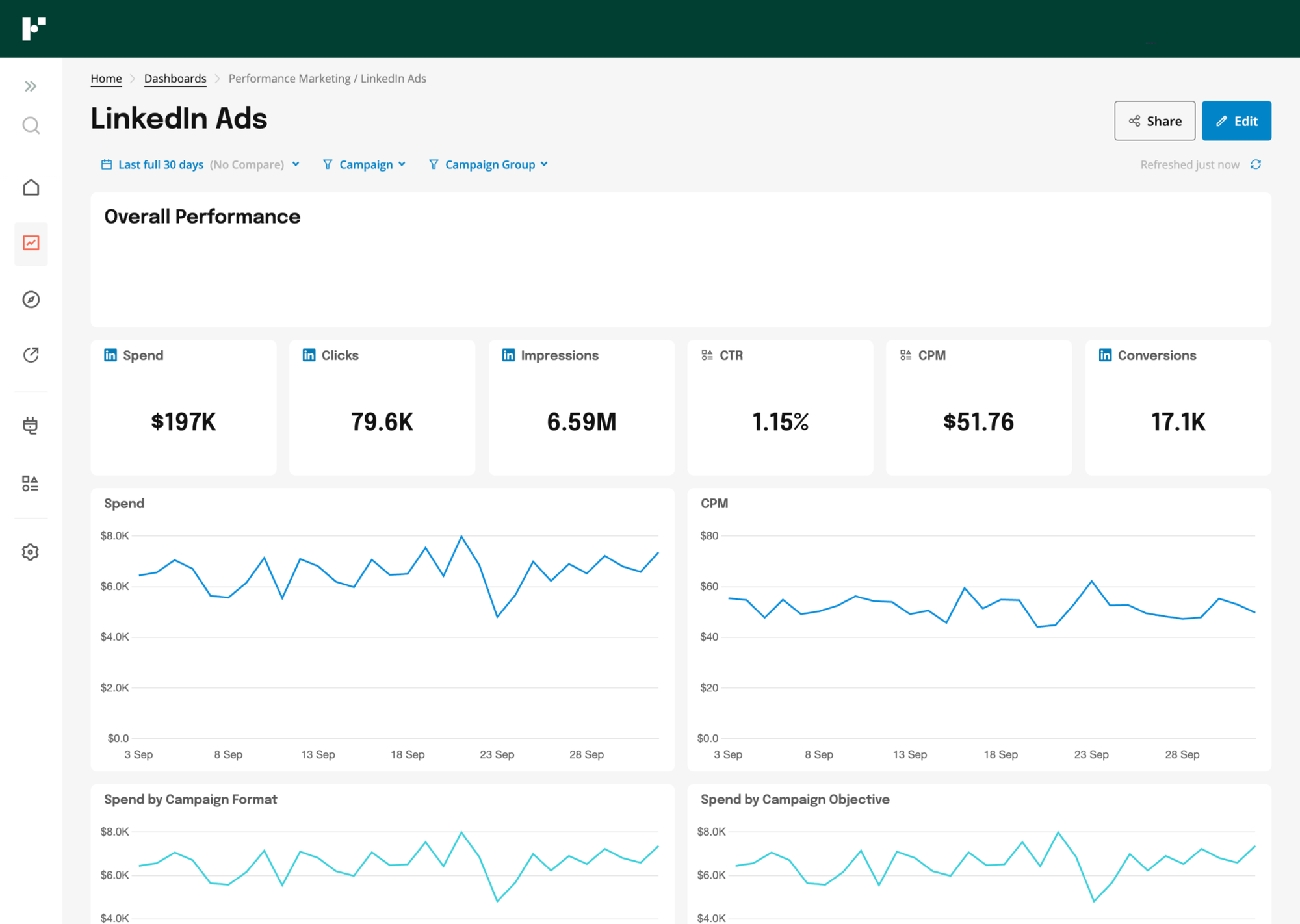
If you’ve got a company page, don’t sleep on the built-in LinkedIn Analytics. It shows you not only when your followers are active but also what types of posts hit hardest.
- Monitor reach, clicks, and CTRs by time and day
- Check when engagement spikes—then ride that wave
- Spot patterns and trends that can guide future scheduling
This is less "magic" and more "sorcery + spreadsheets."
4. Use Third-Party Tools for Deeper Insights
Tools like Buffer, Sprout Social, Hootsuite, and Shield go beyond LinkedIn’s built-in analytics. They analyze your entire content history (and sometimes your competitors') to show you trends, heatmaps, and even the best times to post based on millions of data points.
It’s like having a crystal ball that reads audience behavior instead of horoscopes.
5. Keep One Eye on the Newsfeed—and the News
Timing your posts during major events is like trying to host a dinner party during the Super Bowl—everyone’s distracted.
- Avoid publishing key content during breaking news, political drama, celebrity scandals, or global events (unless you're riding that wave intentionally).
- Posting during the World Cup final? Probably not your best bet—unless your post is about the final.
Timing is part strategy, part intuition, and part agility. The pros know when to pivot, hold back, or post boldly.
How to Find and Schedule the Best Time to Post on LinkedIn
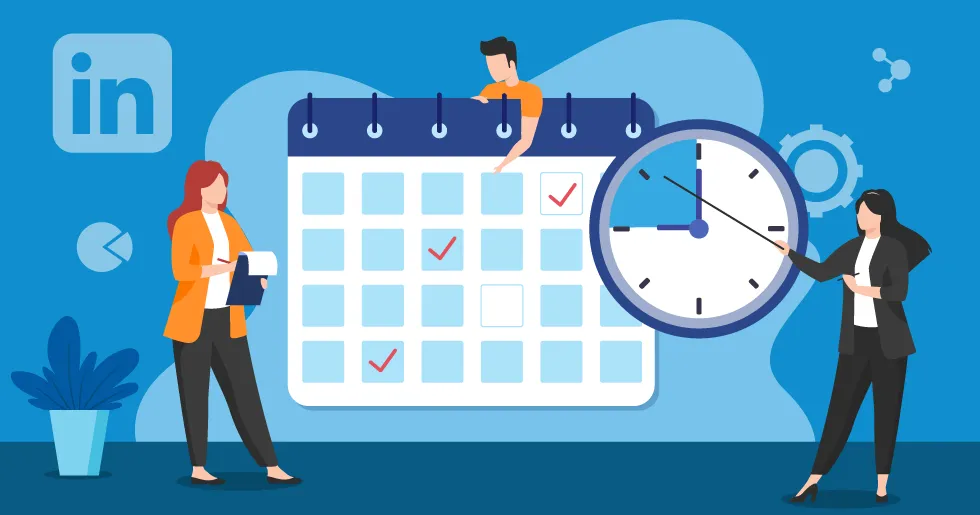
You’ve cracked the timing code—now let’s make your life easier. Enter your new sidekick: scheduling software. These tools don’t just save time—they save sanity. Whether you’re managing a personal brand, a team account, or running full-blown campaigns, here's why scheduling tools are a total game-changer:
1. Plan Weeks (or Months) Ahead
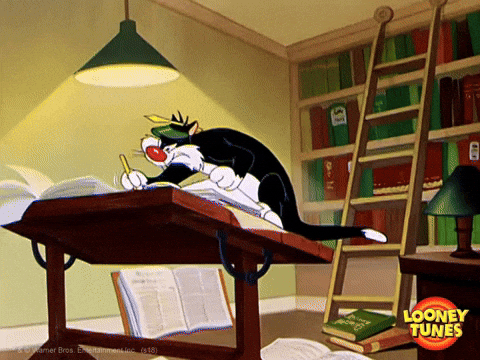
Say goodbye to last-minute scrambling. With tools like Buffer, Sprout Social, or Hootsuite, you can:
- Batch-create content when you're feeling creative (or caffeinated)
- Map out campaigns by week, topic, or goal
- Schedule posts in advance—so you're visible, even when you're offline, traveling, or binge-watching something you’re too embarrassed to admit
Think of it as meal-prepping for your LinkedIn—except instead of kale salads, you’re serving fresh content consistently.
2. Analyze Optimal Times Effortlessly
These tools don’t just post for you—they help you post smarter.
Most platforms provide engagement data, heat maps, and performance reports that show when your audience is most active.
- No more guesswork.
- No more crossing your fingers after hitting “publish.”
- Just cold, hard data helping you win the algorithm game.
Sprout Social even offers recommendations on best times to post based on your audience’s behavior, not just generic industry averages.
3. Never Miss a Prime Posting Window Again
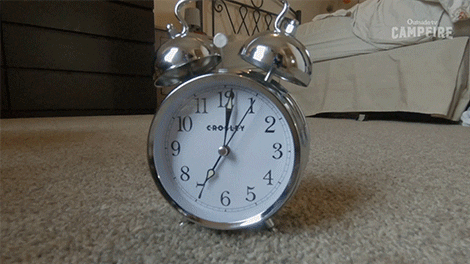
Meetings, coffee runs, or spontaneous naps shouldn’t ruin your posting schedule. With automation in place:
- Your posts go live exactly when they should
- You stay consistent—even on holidays or busy weeks
- You avoid the “oops I forgot to post” panic spiral
For automation beyond posting, tools like Leadplay.io come into play. They automate your lead generation, saving time on prospecting and sending bulk messages—just don’t automate relationship-building entirely. Robots are great, but humans still win at genuine conversations (for now).
Wrapping it up 🎯
To nail your LinkedIn strategy post between 10 am and 5 pm EST, Tuesday through Thursday, adjusting based on your unique audience. Experiment, track results, use great tools, and stay human.
Because remember, LinkedIn is about connection, not just clicks. Now, go forth and conquer your LinkedIn game (at the right time, of course)! 🚀